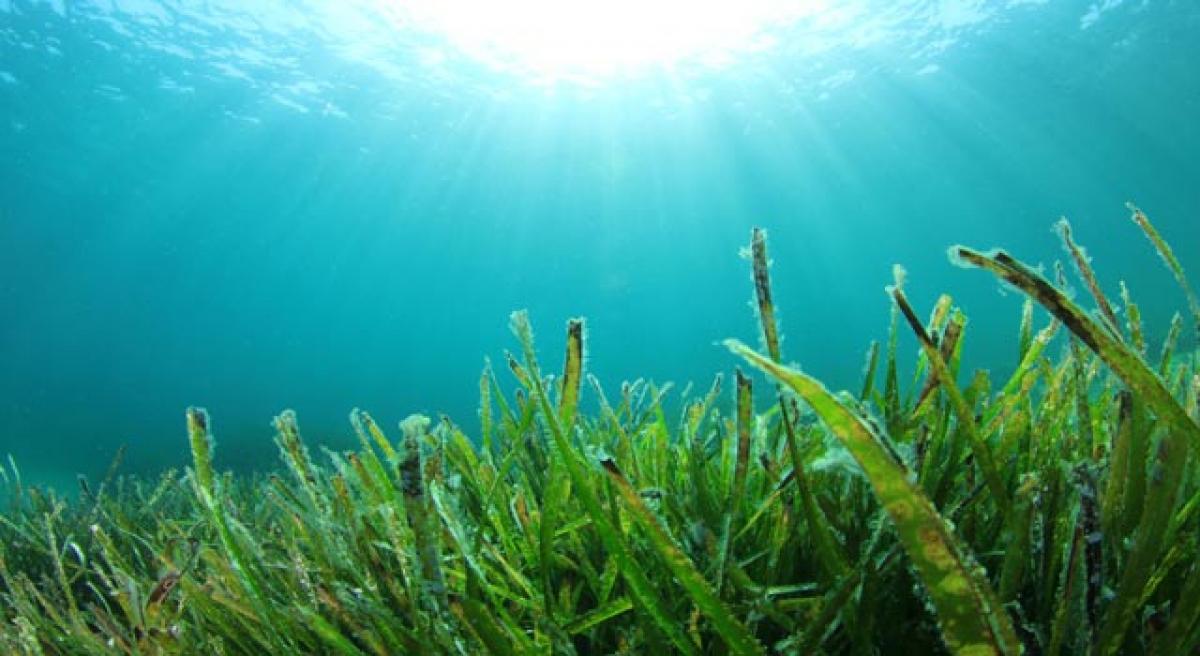Live
- Veer Bal Diwas 2024: Honouring the Bravery and Sacrifice of Guru Gobind Singh Ji’s Sons
- Tensions Erupt Near Ekashila College Over Student's Death
- CM Revanth Reddy Extends Christmas Greetings to Christian Community
- Hyderabad's Biryani Obsession: 1.57 Crore Orders in 2024, Swiggy Report Reveals
- Squid Game Season 2 Release Date, Cast, and Streaming Details
- Christmas 2024: Your Ultimate Gift Guide for the Holiday Season by Dyson
- Today's Horoscope for December 25, 2024: Unlock the Daily Insights of Your Zodiac Sign
- Devotees Flock to Indrakeeladri for Final Day of Bhavani Initiations
- Leaders Pay Tribute to Atal Bihari Vajpayee on His 100th Birth Anniversary in Delhi
- AAP accuses BJP of orchestrating 'dirty conspiracy,' claims plans to arrest CM Atishi









